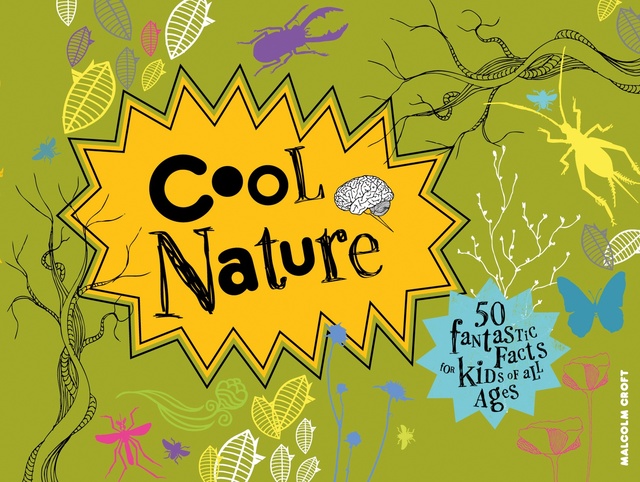‘Cool Nature’ will help young scientists feel smart

The rocks on the ground outside your door are pretty awesome.
Just by looking at them, you can tell what kind of rocks they are and where they came from. You also know a little about biology, astronomy and what makes you tick, so why not learn more by reading “Cool Nature” by Amy-Jane Beer?
For many years — pretty much your entire life, in fact — you’ve been interested in the outdoors. Once you learned more about such things, you dreamed of being a geologist, a biologist, an archaeologist, but why label yourself, asks Beer. You can be all those things, just by calling yourself a scientist.
Scientists, of course, study the outdoors — beginning with Earth. Did you know, for instance, that it’s impossible to dig yourself a hole all the way to Australia? Nope, there’d be molten rock in your way, sorry.
You probably already know that there are three classes of rock, but did you know what happens to all rock eventually? Did you know that there’s a place on Earth where the rocks are hexagonal or that there’s a “code of conduct” among rock hunters who are looking for fossils? And did you know that scientists still aren’t exactly sure what’s inside soil?
OK, enough about things you walk on. In this book, you’ll learn about the Earth’s oceans and what lives in them — for example, fish that live deep down. Just 5 percent of an ocean is lit by the sun, which means that 95 percent is in total darkness. Could you get the lights, please?
Or let’s say you need proof for your scientific thoughts. This book has you covered: ask an adult first, then make a volcano, get drinkable water from salt water, track animals, and study leaves. And if that’s still not enough, peep this: The rainforest may contain thousands of cancer-fighting plants. A bolt of lightning can sizzle at 28,000 degrees C, so bring oven mitts. By looking at the inside of a tree, you can practice dendrochronology. Cloud formations have had names for over 200 years. And just like your dog, a tiger, an elephant and a platypus, you are a homeotherm.
For much of the summer, you couldn’t keep your child indoors. There was so much to see and even more to do, and there’s a promise of further fun inside “Cool Nature.”
Using the word “nature” in an all-encompassing fashion, Beer offers kids a basic whet-their-appetite overview of many different fields of scientific study, beginning with Earth science and moving upward. This isn’t a dumb-down book, either; Beer writes to kids in language they can understand, but she uses real scientific terms that may require parental pronunciation. She also offers lots of informational sidebars to help kids feel really smart.
Teens may get a kick out of this book, as a lark, but I think it’s best for fourth- through sixth-grade students. If your child is looking for a book on science or the world around him, “Cool Nature” really rocks.
View publishes Terri Schlichenmeyer’s reviews of books for children weekly.